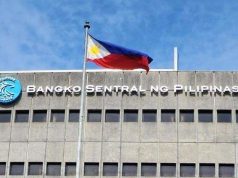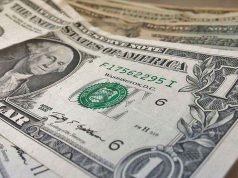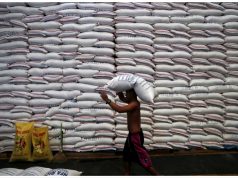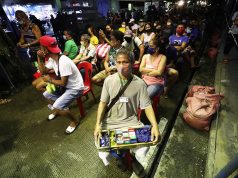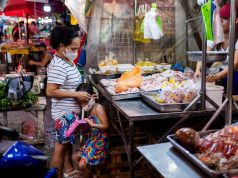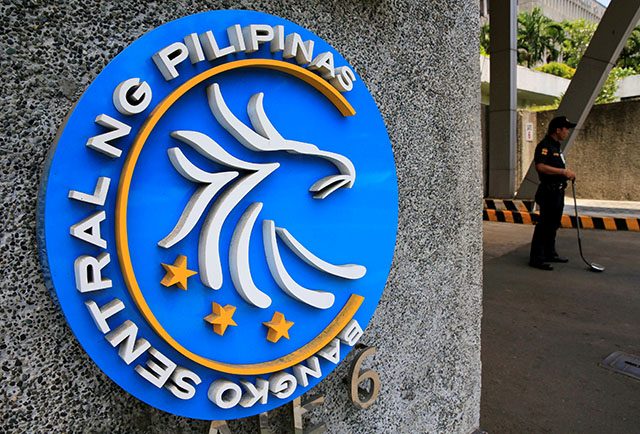
MANILA — The Philippine central bank kept its benchmark interest rate steady for a second straight meeting on Thursday, saying inflation risk had fallen on lower crude oil and food prices.
The Bangko Sentral ng Pilipinas (BSP) kept the rate on its overnight reverse repurchase facility on hold at 4.75 percent, as predicted by all 10 analysts in a Reuters poll.
The central bank paused its tightening cycle in December to allow its five straight previous rate hikes, totaling 175 basis points, to work their way into the economy.
The rate hikes appear to be having their desired effect as inflation has started to cool since it hit a near-decade peak of 6.7 percent in September and October last year.
The decision to stay on hold was based on the central bank’s view that lower oil costs and stabilization in food prices would bring inflation under control and could see it back on target as early as March, when it could fall to below 4 percent.
“The Monetary Board deems the prevailing monetary policy settings to be appropriate, as previous monetary responses continue to work their way through the economy,” the central bank said in a statement, adding that it was ready to act if the situation changed.

Central banks in the region have started to loosen their monetary stance due to concerns over global growth and the U.S.-China trade war. India’s central bank unexpectedly lowered interest rates and shifted its stance to “neutral” on Thursday.
Inflation cooling
Consistent with Philippine policymakers’ expectations that inflation will continue to moderate this year, the consumer price index moved closer to the central bank’s 2-4 percent target this year when it rose 4.4 percent in January, the lowest rate in 10 months.
Easing fuel and food prices should bring the average inflation rate in 2019 to 3.07 percent, down from a previous forecast of 3.2 percent, and to 2.98 percent in 2020 from previous estimates of 3.0 percent, the central bank said.
The outlook for inflation and downside risks to growth such as the U.S.-China trade dispute and tighter financing conditions in emerging markets could prompt the central bank to reverse course on its rate hike regime this year, they have said.
Policy easing could be in the form of a reduction in the central bank’s required reserves and a cut in interest rates.
The central bank’s “inflation forecasts validate that the BSP is likely done with its tightening cycle, with a policy reversal in sight given slowing growth momentum and inflation in-check”, said Nicholas Mapa, an economist at ING bank.
Mapa expects the central bank to cut the reserve requirement ratio —currently at 18 percent — as early as February with inflation decelerating.
The government aims to lift economic growth to between 7-8 percent this year after it missed the previous year’s downwardly revised goal of 6.5-6.9 percent.
The consumption-driven economy grew 6.1 percent in the fourth quarter from a year earlier, which brought full-year growth to 6.2 percent. — Reporting by Karen Lema and Neil Jerome Morales; Editing by Martin Petty and Jacqueline Wong





